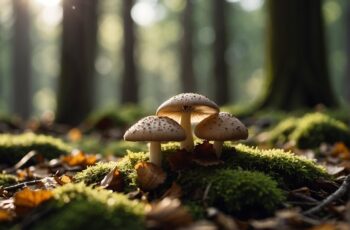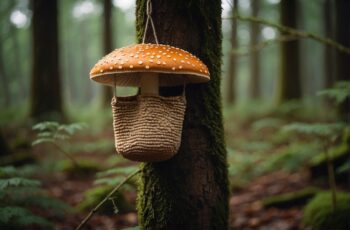As you tread through the forests and river bottoms of Missouri, you might find yourself on a treasure hunt for nature’s hidden gems—morel mushrooms. These elusive fungi are a favorite among locals and seasoned foragers alike. Their distinctive honeycombed caps emerge with the signs of spring, dotting Missouri’s natural landscape. Understanding the terrain and conditions that morels favor is key to crafting a successful foraging experience.
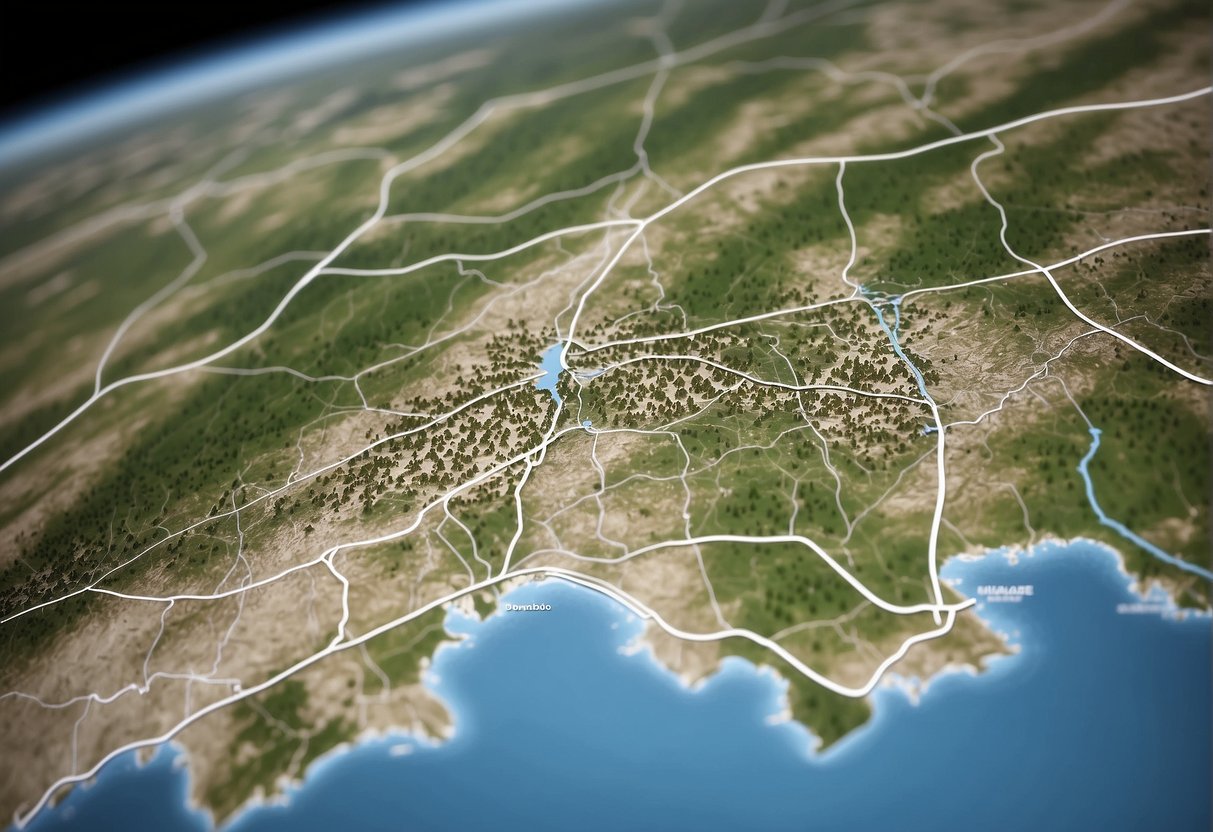
Armed with a Morel Mushroom Map, you have the advantage. Missouri’s diverse ecology, ranging from the Ozarks to the northern plains, offers a variety of habitats where morels thrive. The map provides insights on where these prized fungi are most likely to be found, marking the natural areas undisturbed by urban development. With morels growing statewide, your foraging adventure can lead to delicious rewards.
When planning your next mushroom hunting trip, it’s important to note the conditions that foster the growth of morels. Anticipate their arrival after warm, moist spring weather, and check the map for recent sightings. Look to the bases of elms, ashes, and oak trees, especially on south and west-facing slopes early in the season. As the season progresses, north and east slopes may yield a fruitful search. As always, ensure you positively identify morels before consumption, as their imitators can be harmful. So gear up, study up on morel hunting tips, and set out on your Missouri morel quest with confidence.
Understanding Morels
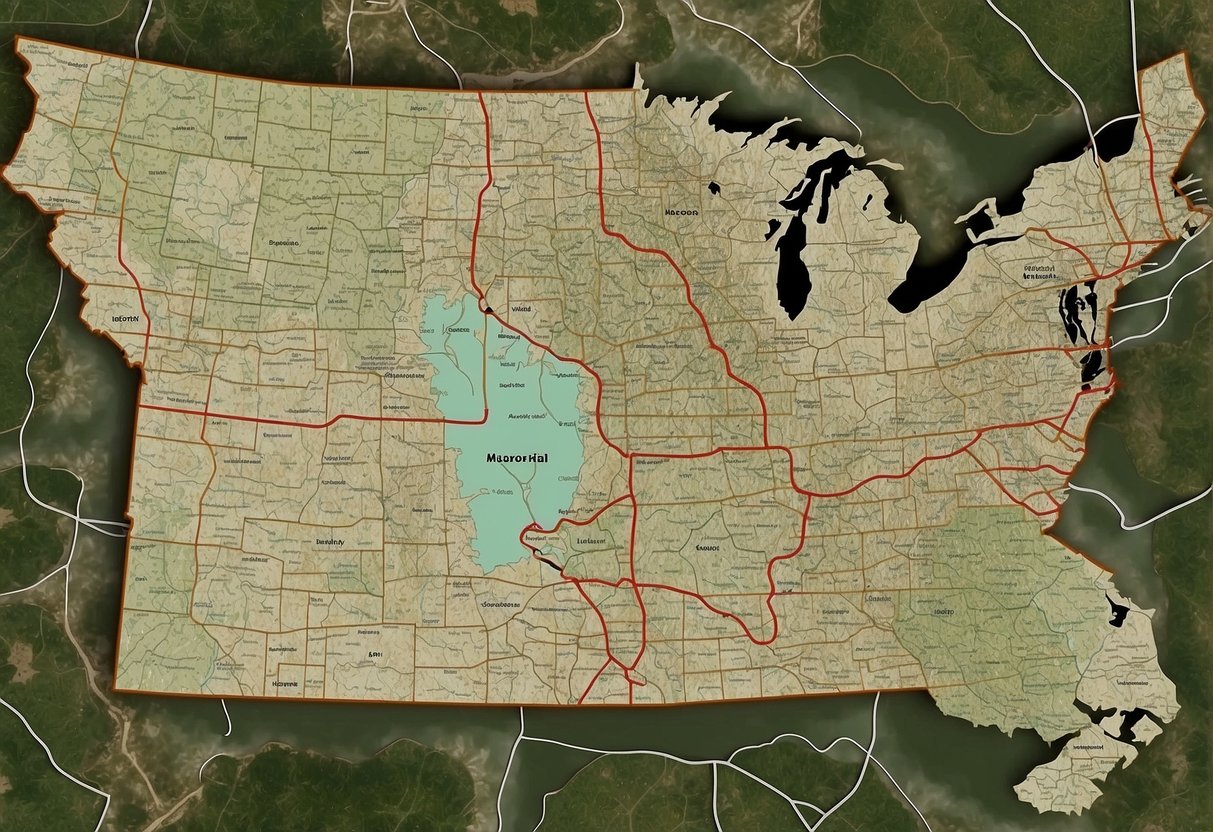
Morel mushrooms are a coveted find for any forager, with their distinctive appearance and seasonal occurrence making them an exciting pursuit. It’s essential to distinguish between true morels and their toxic look-alikes to ensure safety and enjoyment in this family tradition.
Characteristics
Morels, specifically yellow morels, gray morels, and half-free morels, have a unique honeycomb appearance with ridges and pits. They range in color from tan to dark brown. Yellow morels are among the most common, followed by the grays which often appear earlier in the mushroom season.
The false morel is notably different and potentially toxic. False morels have an irregular, wrinkled cap and the inside is filled with cotton-like fibers or chunks of tissue, unlike the hollow core of true morels.
Habitats
Morels are known to thrive in wooded areas especially near elm, ash, and cottonwood trees. After forest fires or in areas with disturbed ground, such as those near fallen trees or in old orchards, one may find these mushrooms abound. Each spring, as the soil warms, morels make their brief appearance.
Foraging Basics
Foraging for morels becomes a family tradition for many enthusiasts. Start your search in early spring, focusing on woods with plenty of elms and brush. Be aware of local regulations and ensure you have permission to forage if on private land.
Carry a mesh bag to let spores spread and promote future growth, and use a map, like a Missouri Morel Map, to mark prime locations you’ve learned over time. Always verify your finds to avoid the risk of consuming toxic variants.
Missouri’s Morel Season
Each spring, the forests and public lands of Missouri become a hotspot for mushroom hunters seeking the elusive morel. Renowned for their taste and rarity, morels offer an exciting challenge for outdoor enthusiasts. Mapping their locations and understanding the prime times for their emergence are crucial for a productive hunt.
Prime Times
Early Spring: Typically, morel mushroom season kicks off in Missouri during the spring. You will find the best conditions arise after warm and moist weather patterns, with daytime temperatures in the low 70s and nighttime temperatures in the 50s. Specifically, look for these fungi after a spring rain followed by warming temperatures.
- Southern and Western Slopes: Early in the season, southern and western slopes are favorable locations, as they typically warm up first.
- Northern and Eastern Slopes: As the season progresses, northern and eastern slopes may prove more fruitful.
Watch for morels from late March through early May, with prime times fluctuating annually based on the weather. Stay updated with an accurate morel mushroom map that tracks finds across the state.
Safety and Conservation
When hunting for morels, it’s imperative to prioritize your safety and the conservation of Missouri’s natural resources.
- False Morels: Be cautious of toxic look-alikes known as false morels; they can be harmful if consumed. Equipping yourself with knowledge of the differences is paramount.
- Fire Impact: Areas affected by fire may experience an increase in morel growth. Be cautious and aware of the surroundings in recently burned forests.
Adhere to conservation practices to ensure the sustainability of morel populations:
- Avoid overharvesting in a single area.
- Use mesh bags to transport morels, allowing spores to spread and promote growth for future seasons.
- Respect public land regulations and do not trespass on private lands without permission.
By following these guidelines and keeping informed through resources like the Official Morel Mushroom Hunting Club, you can enjoy the thrill of the hunt while preserving Missouri’s rich mycological heritage for years to come.
Morel Hunting Strategies
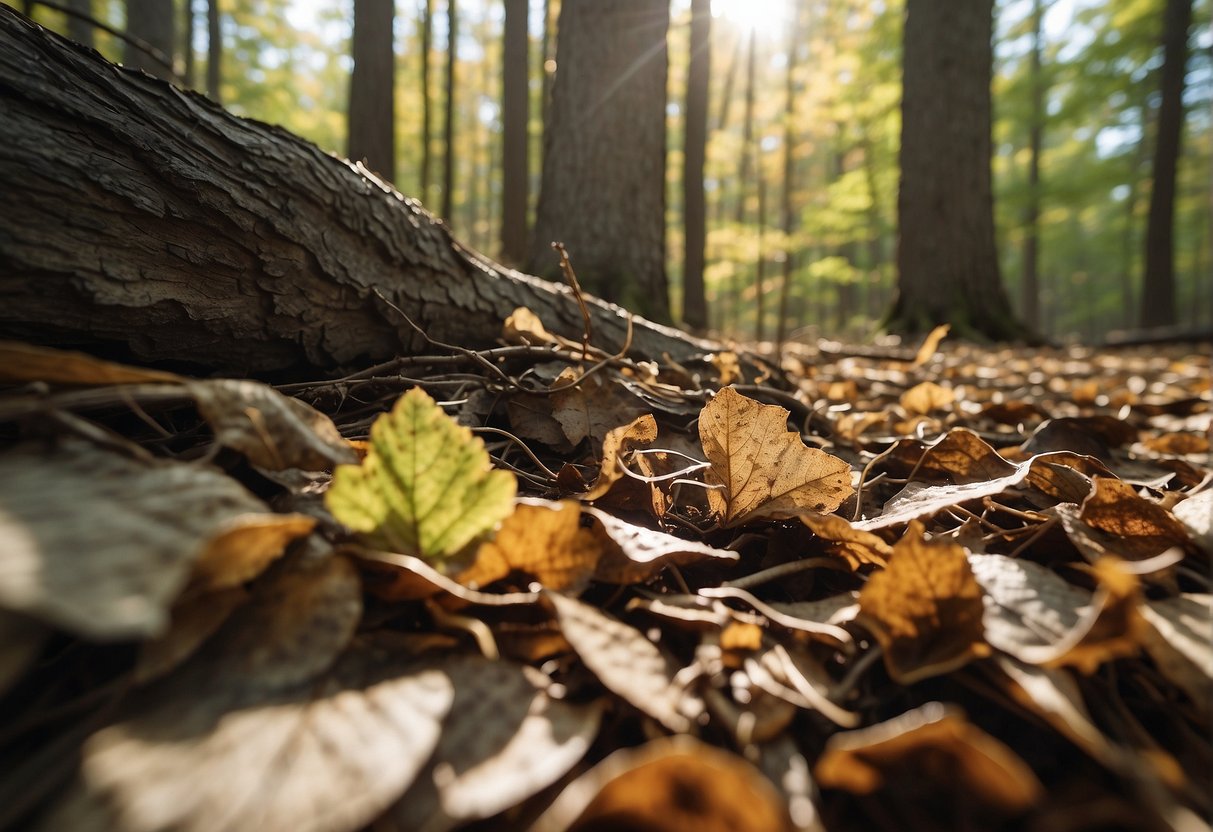
Embarking on a morel mushroom hunt can be both a rewarding and delightful experience when you’re equipped with the right strategies. Below are techniques to enhance your hunting success, leveraging both your searching skills and the use of maps to locate these forest treasures.
Searching Techniques
To increase your chances in the hunt for morels, begin by checking areas around elm trees, as dying or dead elms are often hotspots for morels. Moist spring weather with warm days and cool nights creates ideal conditions for morels to surface. Pay close attention to the ground, looking for the distinctive honeycomb pattern of morel caps. While traversing the woods, search methodically, scanning the forest floor in a grid pattern to ensure the area is thoroughly covered.
Utilizing Maps
The Missouri Morel Mushroom Map is an invaluable resource, indicating past morel finds across the state. By studying this map, you’ll learn which areas on public lands have produced morels, allowing you to plan your trips around these fruitful locations. Additionally, keep in mind that morels often grow in the same spot year after year, so marking your finds on your own map can pay off in future seasons.

